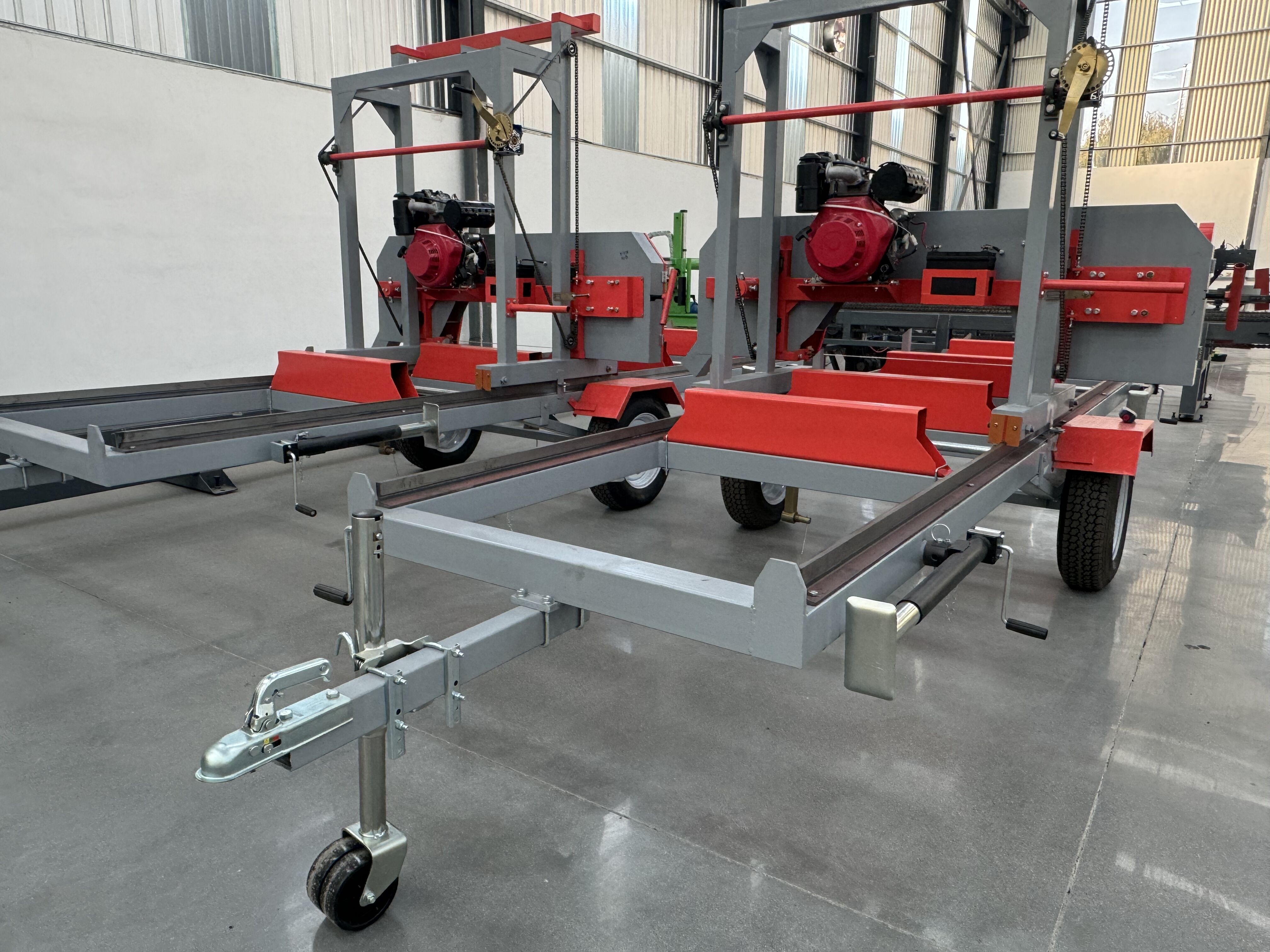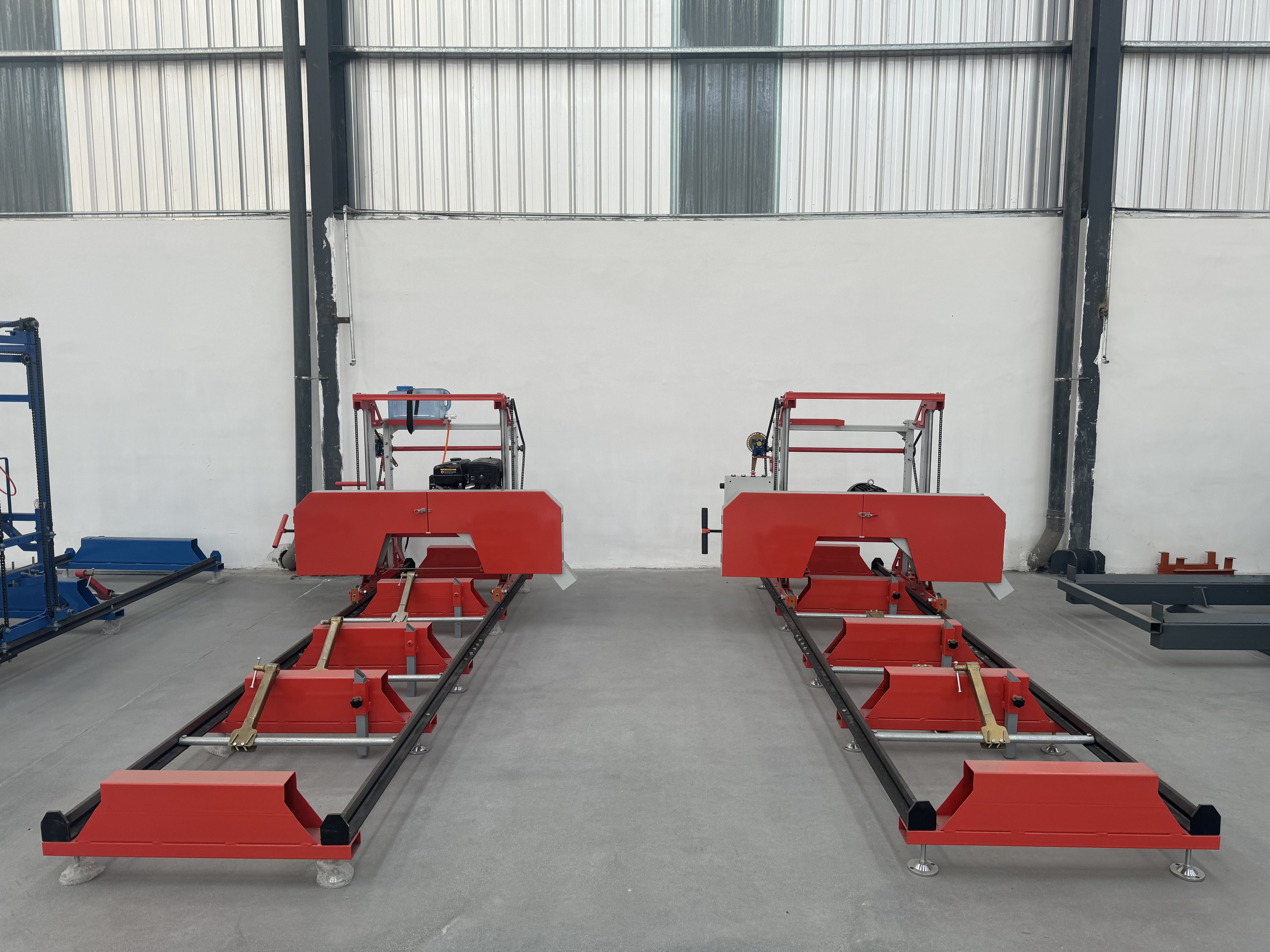Is-sawijiet banda orizzontali jkunu magħżula f’varji indostrijiet għall-itħam materjali kif iċ-ċiefer, plastik u xirott. Mċabba l-sawijiet dritturi tal-darja, is-sawijiet banda orizzontali jagħmlu itħam aktar naqis u aktar preciżi, li jiffa huma ideali għall-proċess tal-xirott. Hawn taħt huwa vistata dwar l-applicazzjonijiet tal-sawijiet banda orizzontali għall-itħam tal-xirott, modi propri għall-operazzjoni, u tippi għall-ħafża.

Applicazzjonijiet tal-Sawijiet Banda Orizzontali għall-Itħam tal-Xirott
1. Proċess tal-Xirott:
Is-sawijiet banda orizzontali jkunu komuni fil-pjanati tal-xirott biex jitħammu parti kbir tal-xirott f’planki jew tavli skoni. Il-preċiżjoni u l-kwalità tal-itħam jagħmlu biex jinkura l-ġdid, ippreżervanti aktar minn il-materjal. Dan jifalli l-sawija banda orizzontali particolarment utili għall-itħam tal-xirott ta' kwalità, innassigurandu surfiji naqis u uniformi.
2. Manifattura tal-Forni:
F’produzzjoni tal-forni, isawwi bandizzjoni orizzontali jkunu mitħobba għall-iktagħa ta’ tipi differenti ta’ legn, kif il-legn solit, plyud, u MDF. Is-superfici tagħtagħa lisqa minn is-saw riżidi l-ġejja għall-finishing aħjar, mgħandija l-effiċjenza tal-produzzjoni.
3. Tagħmir tal-Legn u Proċessing Dettagliat:
Għal legn li tista’ tkun bżonna tagħmir jew iktagħa ta’ formi dettaljati, isawwi bandizzjoni orizzontali jistgħu jkunu ukoll utillizzati. Billi tajjaba l-anglu u ssejjie tal-saw, huwa ’imkien li jagħmlu iktagħa dettaljati u produtt parti ta’ legn kompleks, qiegħdu sodisfa l-ħtieġiet ta’ tagħmir u proċessing fini.
4. Industrja tal-Bniedem:
Is-sawjiet tal-banda orizzontali jghixu rol essenzjal fiċ-ċikat tal-timber għall-bniedem. Jekk hija beamijiet ta' xiż, planki jew oħra materjali tal-bniedem, dawn is-sawji jistgħux jagħmlu l-avjar tal-ċikat effettivament u precizzjoni, tagħtiċ li l-piezzi tal-xiż jkunu misurati skont.
Operazzjoni tal-Sawji tal-Banda Orizzontali għal Ċikat tal-Xiż
1. Iċ-Ċikk u L-Aġustament:
Qabel ma tista' tiftex sawja orizzontali għal ċikat tal-xiż, iċċertu li l-equipment huwa miż-żejt fuq surfiss stabili u li l-ambjent ta' travaglu huwa naqas u ventiliat aħjar. Aġusta l-tenzjoni tal-blada tal-saw biex jiċċertu li mhu xorta wela strejta eżżess. Iffokja run provva biex tikkonferma li l-issettaggi huma adekwati għal il-tip u l-għassiet tal-xiż li jkun qed tkun.
2. Proċedura ta' Tagħmil:
- Ippojja l-ikkart sejret fuq is-suljun tal-avvurt. Żgur jew li l-ikkart se jkun maħfuf bejn postijiet biex tiftak u tikseb b'daqs tagħmil.
- Bidu mašin, u sbieh il-blada tal-ġilwa għal ikkart. Aġġorna pressjoni ta' tagħmil biex tigwarantixxi kontatt smoot bejn il-blada u l-ikkart.
- Ajustja speess ta' tagħmil skont tickness u duri tal-ikkart għallukjumi eccessivi fuq il-blada jew tagħmil mhux regolari.
3. Konsiderazzjonijiet ta' Tagħmil:
- Għal iż-żejjed ġdid, kif l-oak jew il-walnut, huwa ’iċ-ċensjabb li tġimgħmel l-veloċità ta' tagħmir u tseleġi tip ta' skala munit jista' jaggħmla tagħmil skiljata bneqqa u jippergatta l-aħjar tal-skala ’s aħħar.
- Għal iż-żejjed soffij, kif iż-żejt tal-pine jew tal-fir, jinkrementar il-veloċità ta' tagħmir tista' tħossib effiċjenza, imma ikun warja biex tiftakkar minn ikstwar fissuri jew imperfettijsoni fuq is-superfiji tal-żejt.
Kura u Kura għall-Band Saws Orizzontali
1. Ispezzjoni Reġulieri tal-Bla:
Il-bliet tal-seggetta jipperdeċu naturalment, jistabbilu jew jiksbru fl-użu, li għalhekk l-ispezzjoni reġuliera hija meħtieġa. Jekk il-bla tibda taħtix is-sinijiet ta' perdeċċju eccessiv, fexxien, jew ksbira, għandha tkun sostitwita b'modiem.
2. Nettarizzazzjoni tal-Messa ta' Lavoru u tal-Bla:
Doppiament minn kull użu, netta l-messa ta' lavoru u sħiħ seggetta, resina, u ħsara oħra minn il-bla. L-akkumulazzjoni tal-seggetta fuq il-bla tista' taffetti l-perfurmanza tal-ġnieqi u tisbiħ il-ġwieja li tiskondi, maħruġandu dikumenti tagħmil mill-bliet u l-ispjan tal-mašin.
3. Lubrifikazzjoni u Rafrischer:
Il-lubrifikazzjoni propja hija ġewwa li jikkontribwi biex timgħu l-ġewwien tal-maċina. Iċċekkja regolamentar il-sistema ta' raffradament biex tippreveni l-iskondiment eccessiv, li jistgħu jagħmel danno għal maċina. Iġġurra li l-punti ta' lubrifikazzjoni jkunu maintenuti b'sajt biex minimizzaw il-luħu u s-spiċċju.
4. Iċċekkja tal-Sistema Elettriku:
Iċċekkja periodika tsima tas-sistema elettriku tal-band saw orizzontali biex tigiżuri li l-fornitura tal-eletriċità, is-switchijiet u ipaneji tal-kontroll jkunu funzionanti korrettament. Jekk hemm komponenti elettriki li qed jaħżlu, huwa ’essenzjali li tiftix il-maċina u jkunu repara.

Problemi Komuni Post-Vendi u Soluzzjonijiet
1. Sħiħ tal-Blat:
Is-sħiħ tal-blat jkun magħrufa minn is-sliet eccessiva jew operazzjoni sbagljata. Jekk dan jkun jiswa, ċekkja l-tenzjoni tal-blat u issostituja l-blat skont il-bisogna.
2. Problemi ta' Preċizzjoni fil-Ħsara:
Jekk l-iktarjan ma jkunu mhux smotti jew iż-žwieġ tal-wood jagħmlu xi differenzi, jistgħu jkunu fuq raġuni tal-tenzjoni sbagljata tal-blat jew speess ta' iktarja sbagliat. Ađjustja l-tenzjoni tal-blat, sigūra li l-blat hi tajda, u ađjustja l-speess ta' iktarja skont it-tip ta' wood.
3. Vibrazzjoni Eccessiva:
Il-vibrazzjoni eccessiva tista' tkun is-saġġiet minn installazzjoni żgħażża jew komponenti meħtieġa. Iċċekkja kulħadd jikkonnet u s-swieqa tal-lavoru biex jikkażżol li kulliha hi miftuħa. Jekk iż-żgħar, ażjustja u ħelu l-komponenti biex toħroġ il-vibrazzjoni.
4. Problemi tal-Sistemu ta' Raffreddamento:
Jekk is-sistemu tar-raffreddamento ma jagħmlux kif għandhom, l-mašinijiet jistgħu jibdew saħħ. Inspetta regolarment is-sistemu tar-raffreddamento, jissiguraw li l-raffreddanti jagħmel fliema proprjament. Aħjarja l-raffreddanti meta jieħod biex tippreveni danna lil l-mašina dwar raffreddamento nifs.
F’summariju, is-sawwi orizzontali jgħibu ruċku kbira fil-ġranċa tal-pjeċi tal-xix biex effiċjenza u prezzjoni. F’sabieħ tas-sħarsa tal-xix, manufattura ta' mobbili, jew konstruzzjoni, dawn is-sawwi jgħodu perfurmanza tagħtagħta. Bħala li tittbix proceduri operattorji korretti, tintfija regolarment, u tisolvja problemi komuni, inti tista' tissiguraw li saww orizzontali tiegħek jogħbej smottementi, maximizza produttivtà, u għandhom Żgħar servizz.
 Xewk News
Xewk News2024-12-26
2024-12-18
2024-10-11
2024-09-18
2024-09-09
2024-07-25